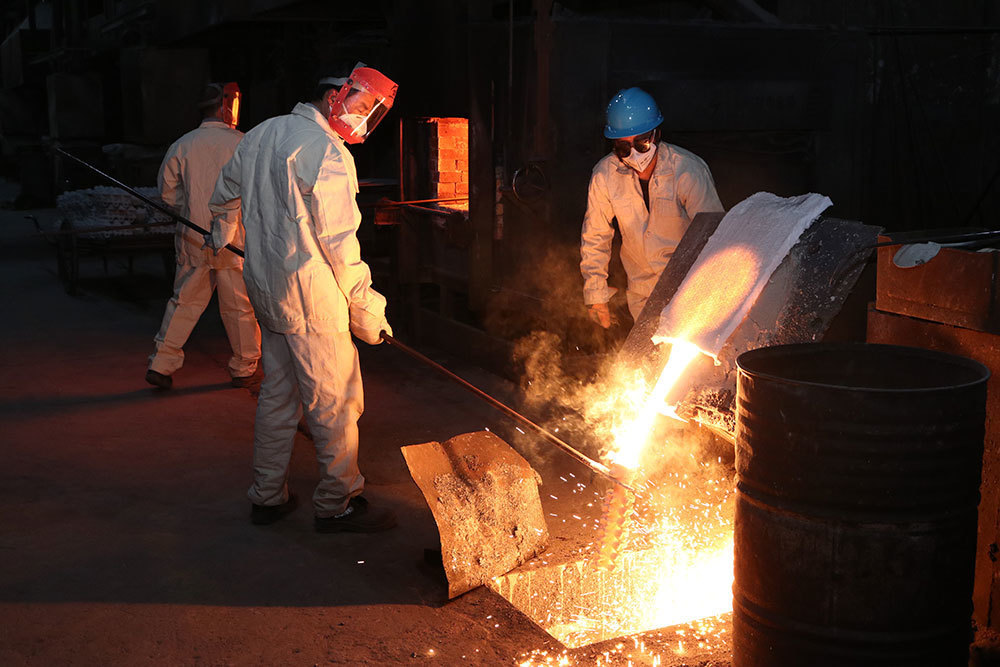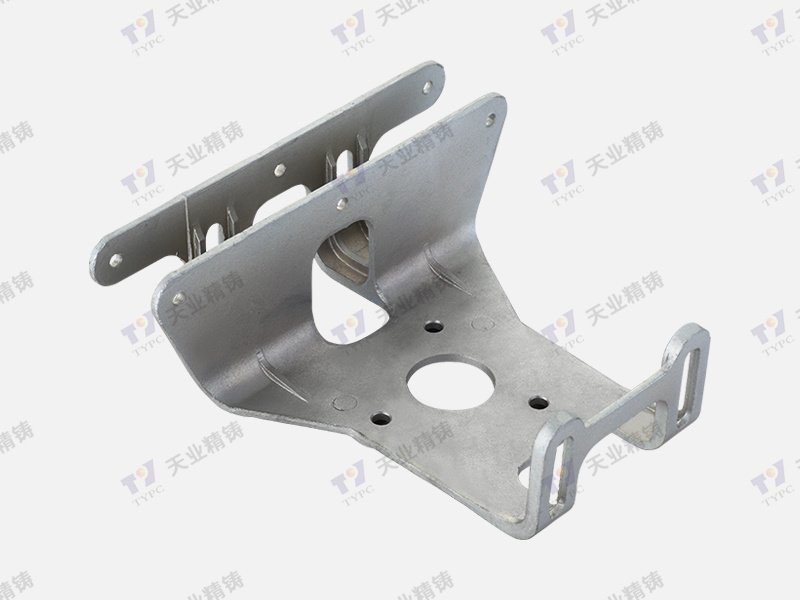2025-04-29
Sustainable Solutions: The Future of Stainless Steel Casting
Sustainable Solutions: The Future of Stainless Steel Casting
As industries worldwide continue to grapple with environmental challenges, sustainability emerges at the forefront of manufacturing practices. Stainless steel casting, known for its versatility and durability, is no exception to this trend. In this article, we will explore the sustainable solutions shaping the future of stainless steel casting, focusing on innovations, practices, and the overall impact on the environment.
Table of Contents
- 1. Introduction to Stainless Steel Casting
- 2. The Importance of Sustainability in Manufacturing
- 3. Innovations in Stainless Steel Casting
- 4. Recycling and the Circular Economy
- 5. Energy Efficiency in Production Processes
- 6. Case Studies on Sustainable Stainless Steel Casting
- 7. Future Trends in Stainless Steel Casting
- 8. Conclusion
- 9. Frequently Asked Questions
1. Introduction to Stainless Steel Casting
Stainless steel casting is a process that involves the creation of stainless steel components through various casting methods, such as investment casting and sand casting. This process allows manufacturers to produce intricate shapes and designs while maintaining the high corrosion resistance and strength characteristics of stainless steel. As the demand for sustainable practices grows, the stainless steel casting industry is evolving to incorporate eco-friendlier methodologies, enhancing both product quality and environmental responsibility.
2. The Importance of Sustainability in Manufacturing
In the modern manufacturing landscape, sustainability has become a crucial aspect. Businesses are increasingly recognizing the significance of adopting environmentally friendly practices. Sustainable manufacturing not only helps in reducing waste and emissions but also appeals to a growing consumer base that prioritizes eco-conscious products. For stainless steel casting, embracing sustainability involves optimizing the use of resources, minimizing energy consumption, and fostering a circular economy.
3. Innovations in Stainless Steel Casting
To meet the challenges of sustainability, the stainless steel casting industry is continuously innovating. These innovations not only improve the quality of the castings but also make the processes more efficient and environmentally friendly.
3.1 Advanced Materials and Alloys
One of the significant advancements in stainless steel casting is the development of new alloys that enhance performance while reducing environmental impact. These advanced materials offer improved strength, corrosion resistance, and heat resistance, allowing for thinner, lighter designs that require less raw material. The use of recycled materials in these alloys is also increasing, contributing to a more sustainable production cycle.
3.2 Eco-friendly Casting Techniques
Innovative casting techniques are also playing a vital role. Techniques such as lost foam casting and 3D printing are gaining traction in the industry. These methods can produce complex geometries with less material waste and reduced energy consumption during the casting process. Moreover, these techniques often require fewer secondary operations, further minimizing the environmental footprint.
4. Recycling and the Circular Economy
The concept of the circular economy is pivotal in the realm of sustainability. This model emphasizes reusing materials and reducing waste. Stainless steel is inherently recyclable, retaining its properties even after multiple recycling processes. Manufacturers are increasingly implementing recycling programs to reclaim scrap metal from production and end-of-life products. By integrating recycling into the production cycle, the stainless steel casting industry can significantly reduce its reliance on virgin materials and lower overall emissions.
5. Energy Efficiency in Production Processes
Energy consumption is a critical factor in the environmental impact of manufacturing. The stainless steel casting industry is focusing on improving energy efficiency across its production processes. This includes upgrading furnaces to utilize advanced technologies that require less energy and investing in renewable energy sources, such as solar and wind power. By reducing energy consumption, manufacturers can lower their operational costs while simultaneously decreasing their carbon footprint.
6. Case Studies on Sustainable Stainless Steel Casting
Numerous companies in the stainless steel casting industry are leading the way in sustainable practices. By examining successful case studies, we can gain insight into effective strategies and their positive impact on both the environment and business performance.
For instance, a prominent stainless steel foundry implemented an advanced recycling program that not only recovered scrap but also reduced material costs by 25%. Another company invested in a state-of-the-art energy recovery system that recycles heat from the casting process, reducing energy consumption by 30%. These examples illustrate how embracing sustainability can lead to significant benefits in both ecological and economic terms.
7. Future Trends in Stainless Steel Casting
The future of stainless steel casting is promising, with several trends poised to shape the industry further. We can expect the following developments:
- Increased Automation: As technology evolves, automation in casting processes will enhance efficiency and precision, reducing waste and energy consumption.
- Enhanced Material Technologies: Research into new materials and alloys will continue, focusing on improving sustainability without compromising performance.
- Digital Transformation: The integration of digital technologies, such as IoT and AI, will enable real-time monitoring of production processes, leading to optimized resource utilization and waste reduction.
8. Conclusion
The future of stainless steel casting lies in embracing sustainable practices that not only enhance product quality but also contribute positively to the environment. By innovating in materials, techniques, and energy efficiency, the industry is making significant strides toward a more sustainable future. As we continue to explore these advancements, it is crucial for companies to prioritize sustainability in their practices, ensuring that the benefits of stainless steel casting can be enjoyed by future generations.
9. Frequently Asked Questions
1. What is stainless steel casting?
Stainless steel casting is a manufacturing process that creates components by pouring molten stainless steel into molds, allowing it to harden into desired shapes.
2. Why is sustainability important in stainless steel casting?
Sustainability is vital in stainless steel casting to reduce waste, lower emissions, and meet the growing consumer demand for eco-friendly products.
3. How is stainless steel recycled?
Stainless steel can be recycled by melting down scrap material and reforming it into new products, maintaining its original properties throughout the process.
4. What innovations are driving sustainability in stainless steel casting?
Innovations include advanced alloys, eco-friendly casting techniques, and energy-efficient production methods that collectively reduce environmental impact.
5. What are the benefits of using recycled stainless steel?
Using recycled stainless steel reduces the need for virgin materials, lowers energy consumption during production, and minimizes overall environmental impact.









